In the vast tapestry of life on Earth, few creatures capture the imagination quite like the platypus and the echidna. These peculiar animals, found exclusively in Australia and New Guinea, are the last remnants of a lineage that stretches back millions of years. Known as monotremes, they are the only mammals that lay eggs, a trait that sets them apart from the rest of their mammalian kin.
The platypus, with its duck-like bill, webbed feet, and beaver-like tail, is an amphibious marvel that hunts in the water. The echidna, or spiny anteater, is a land-dwelling creature covered in quills, with backward-facing rear feet that help it burrow into the ground. Both animals lack teeth and nipples, instead secreting milk through their skin for their young, known as puggles. As Dr. Guillermo W. Rougier, a professor at the University of Louisville, aptly puts it, “There’s plenty of weirdness to go around on these little things.”
The uniqueness of monotremes extends beyond their bizarre appearance and behavior. They are, in fact, one of the defining groups of mammals, offering a glimpse into the early evolutionary history of our own kind. According to Rougier, the typical mammal from the time of dinosaurs likely had more in common with a monotreme than with modern mammals like horses, dogs, or humans. This makes the study of monotremes crucial for understanding the origins of mammals on Earth.
Recently, a groundbreaking study published in the journal Proceedings of the National Academy of Sciences has shed new light on the evolutionary journey of these enigmatic creatures. Led by paleontologist Suzanne Hand, a professor emeritus at the University of New South Wales, the research reveals the internal structure of the only known fossil specimen of Kryoryctes cadburyi, a long-extinct ancestor of monotremes that lived over 100 million years ago. The fossil, a humerus or upper arm bone, was discovered in 1993 at Dinosaur Cove in southeastern Australia. At first glance, the bone appeared to be more similar to that of a land-dwelling echidna than an aquatic platypus. However, a closer examination using advanced 3D imaging techniques unveiled a surprising story.
“By using advanced 3D imaging approaches, we have been able to illuminate previously unseen features of this ancient bone, and those have revealed a quite unexpected story,” said study co-author Dr. Laura Wilson, an associate professor at Australian National University. The team discovered that the fossil’s internal structure bore characteristics of the semiaquatic platypus, including a thicker bone wall and a smaller central cavity. These traits make bones heavier, which is advantageous for aquatic animals as it reduces buoyancy and allows them to dive more easily. In contrast, echidnas, which live entirely on land, have lighter, thinner bones.
This finding supports the hypothesis that Kryoryctes cadburyi is a common ancestor of both the platypus and the echidna, suggesting that it may have lived at least partially in the water during the time of the dinosaurs. “Our study indicates that the amphibious lifestyle of the modern platypus had its origins at least 100 million years ago,” Hand said, “and that echidnas made a much later reversion to a fully terrestrial lifestyle.”
The evolutionary journey of platypuses and echidnas is not only fascinating but also significant for understanding the broader history of mammals. There are well-documented examples of animals evolving from land to water, such as dolphins and whales, which are believed to have evolved from land-dwelling ancestors related to hippos. However, the transition from water to land is far less common and requires substantial changes to the musculoskeletal system. This includes new limb positioning for life on land and lighter bones to facilitate movement with less energy expenditure.
The land-to-water transition hypothesis could also explain the echidna’s peculiar backward-facing feet. According to Hand, these feet may have been inherited from a swimming ancestor that used its hind legs as rudders. Rougier, who was not involved in the study but had contact with the authors, praised the research, saying, “I think that they very elegantly prove the suggestion that these animals were adapted to a semiaquatic life very early on.”
The primitive history of monotremes is indeed crucial to our understanding of mammalian evolution. As Rougier explains, monotremes are living relics from a distant past. The last common ancestor shared by humans and platypuses likely lived over 180 million years ago. Without monotremes, it would be impossible to predict the biology of this ancient ancestor. These unique creatures serve as a bridge between the past and the present, offering invaluable insights into the origins of mammals.
The discovery of Kryoryctes cadburyi and the insights gained from its fossilized remains are just the beginning. As scientists continue to unravel the mysteries of monotreme evolution, they are not only piecing together the story of these enigmatic animals but also shedding light on the broader narrative of mammalian history. The journey from water to land, and the adaptations that accompanied it, are part of a larger tapestry of evolutionary changes that have shaped the diverse array of mammals we see today.
In a world where biodiversity is under threat, the study of monotremes serves as a reminder of the importance of preserving these unique creatures. They are not just curiosities; they are living fossils that hold the keys to understanding our own evolutionary past. As researchers delve deeper into the origins and adaptations of platypuses and echidnas, they are also uncovering the secrets of our shared mammalian heritage.
The future of monotreme research is promising. With advancements in imaging technology and the discovery of new fossil specimens, scientists are poised to unlock even more secrets about these enigmatic animals. Each new finding brings us closer to understanding the complex and fascinating journey of mammalian evolution. The story of platypuses and echidnas is not just a tale of adaptation and survival; it is a testament to the incredible resilience and diversity of life on Earth.
The study of monotremes is a journey through time, offering a glimpse into the early days of mammalian evolution. The recent discovery of Kryoryctes cadburyi and the insights gained from its fossilized remains have opened new doors in our understanding of these unique animals. As we continue to explore the origins and adaptations of platypuses and echidnas, we are reminded of the importance of preserving biodiversity and the invaluable role that these living relics play in our quest to understand the history of life on our planet.
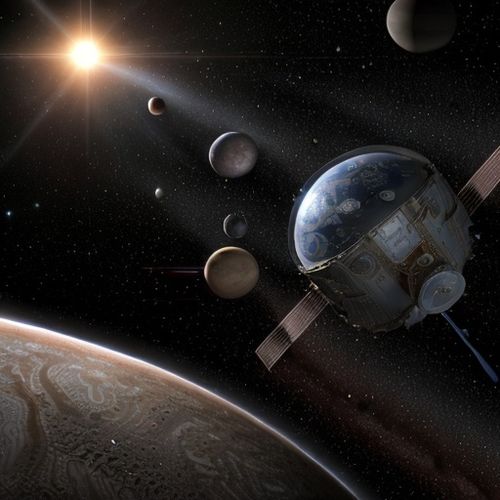
By Sophia Lewis/May 6, 2025

By Olivia Reed/May 6, 2025

By William Miller/May 6, 2025
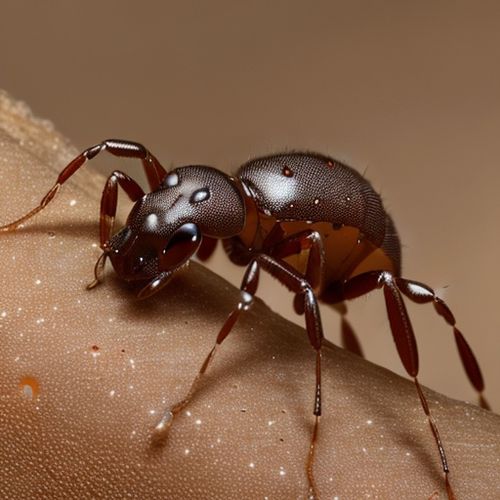
By Eric Ward/May 6, 2025

By John Smith/May 6, 2025

By Rebecca Stewart/May 6, 2025

By Benjamin Evans/May 6, 2025
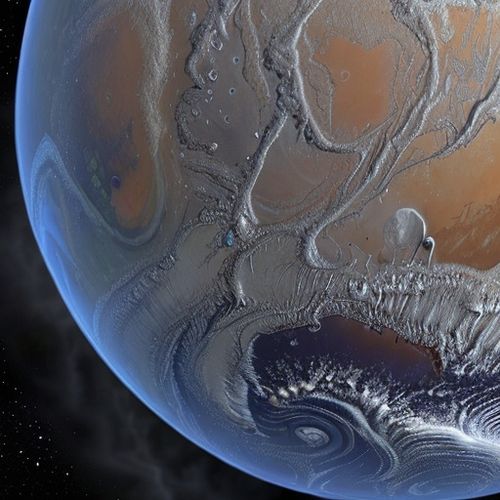
By Eric Ward/May 6, 2025

By Eric Ward/May 6, 2025
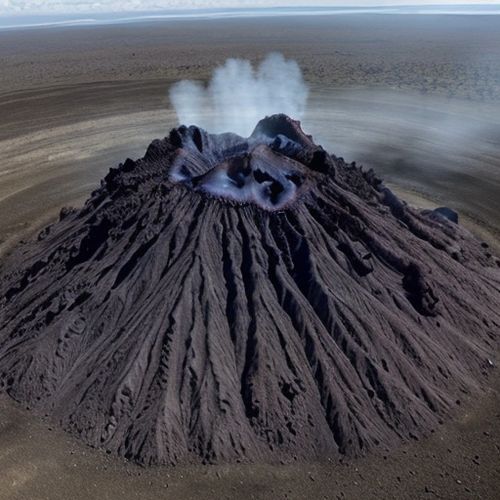
By Daniel Scott/May 6, 2025
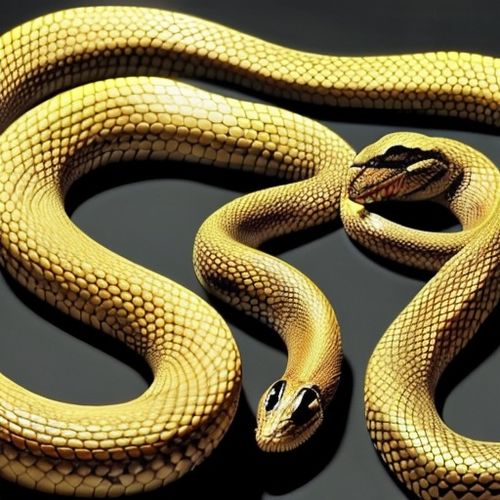
By Benjamin Evans/May 6, 2025

By Elizabeth Taylor/May 6, 2025

By James Moore/May 6, 2025

By Victoria Gonzalez/May 6, 2025

By Sophia Lewis/May 6, 2025
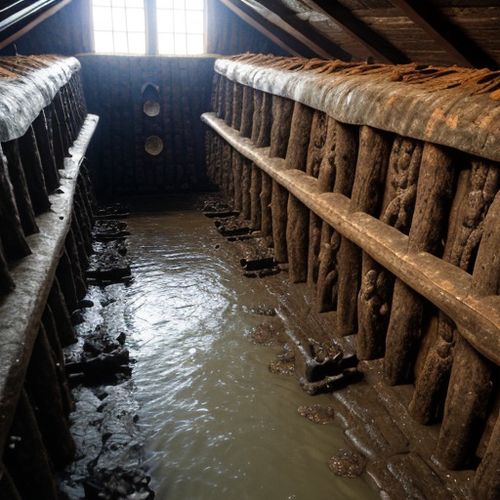
By Laura Wilson/May 6, 2025

By Olivia Reed/May 6, 2025

By David Anderson/May 6, 2025
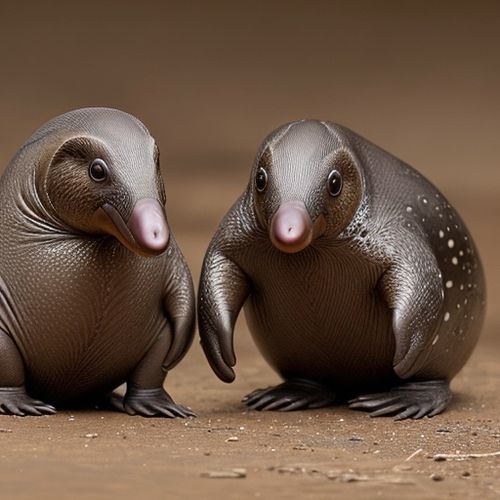
By Olivia Reed/May 6, 2025
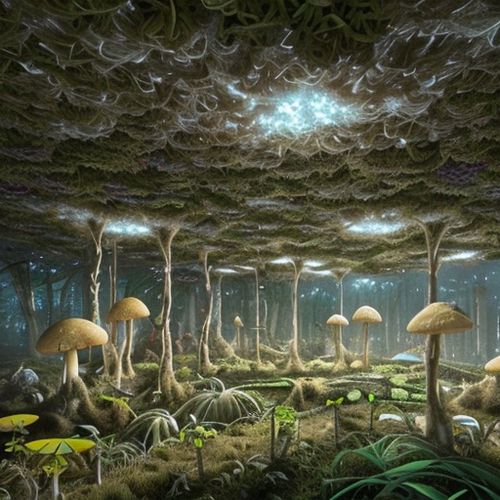
By Sophia Lewis/May 6, 2025